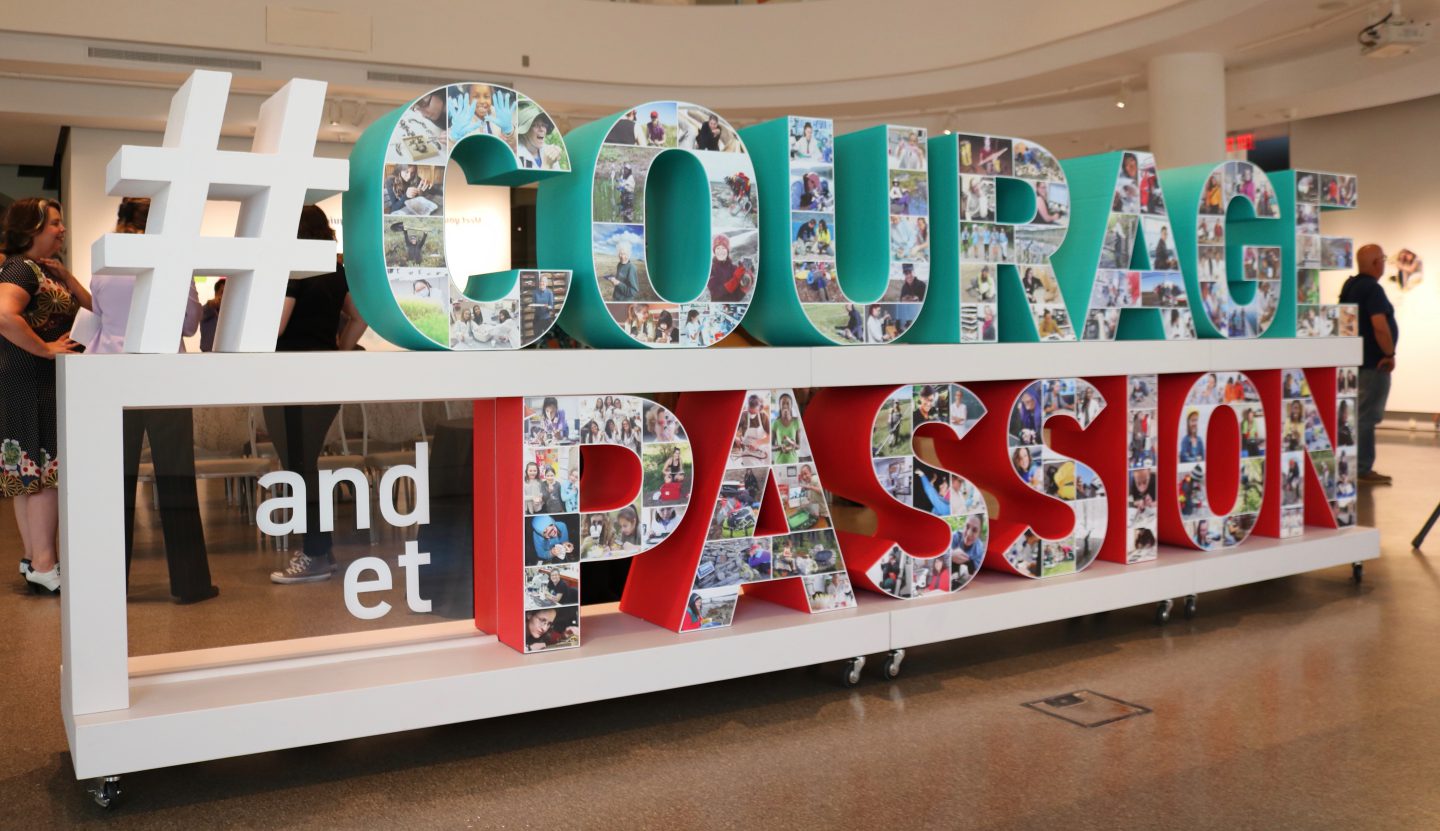
Science & Tech
20 Canadian innovations you should know about
Celebrating Canadian Innovation Week 2023 by spotlighting the people and organizations designing a better future
- 3327 words
- 14 minutes
This article is over 5 years old and may contain outdated information.
Science & Tech

When Harriet Brooks, the woman who discovered radon and radioactive decay, got engaged in 1905, she was told by her employer that she had to choose between her career and marriage. She wrote back: “It is a duty I owe to my profession and to my sex to show that a woman has the right to the practice of her profession and cannot be condemned to abandon it merely because she marries.”
Though Brooks ultimately broke off that engagement, she would marry another physicist two years later and be forced to leave her career behind at the age of 31.
Brooks is one of 20 Canadian scientists featured in a new exhibit at the Canadian Museum of Nature in Ottawa. Courage and Passion: Canadian Women in the Natural Sciences highlights trailblazers who broke ground in their respective fields in spite of the discrimination they faced because of their sex.
“The exhibition addresses the social and gender barriers these women faced while encountering the stereotypes of femininity,” says Meg Beckel, the museum’s president and CEO. Beckel’s own mother was an Arctic botanist in the 1940s and 50s who, she says, was not allowed to do field work unless she had a male chaperone.
Danielle Fraser began studying biology as an undergraduate 10 years ago. Now, she’s got “a five-year-old’s dream job” as a paleontologist at the museum. “It’s a career that as a child, I never foresaw for myself,” she says, adding that growing up, she encountered very few women scientists on television and in the books she read. “Science really seemed like the realm of middle-aged men.”
According to Statistics Canada, Fraser’s observation was accurate. Even now, women make up only 22 per cent of the science, technology, engineering and math (STEM) workforce in Canada.
Curator Cindy Stelmackowich says one of the goals of the exhibit is to break down stigmas that continue to keep young women and girls out of STEM fields. To compliment the 20 profiles, Courage and Passion features a choose-your-own-adventure style section that showcases modern-day career paths that young women interested in sciences can pursue.
Around the exhibit, photos of girls talking science and stereotypes illustrate some of the biases women face in STEM fields.
“I asked for a microscope for my birthday but got a doll instead,” a speech bubble reads above one girl. “I heard that girls are bad at math,” reads another. “Not true: I’m the best in my class!” says her friend.
“We need to show [young girls] role models, show them that women are doing science and they always have been doing science,” says Stelmackowich.
A number of barriers remain to be broken down in the lab and in the field. Courage and Passion highlights scientists who have been denied promotions because they were pregnant or on maternity leave and others who have heard repeatedly that they’re not as adept as their male colleagues.
But Stelmackowich says that showcasing the achievements of women in science, past and present, is a step towards inspiring more women and girls to go into STEM careers. “The fact that some of these living scientists are aware that they’re mentors is encouraging too,” she says. “I think there’s a lot of hope.”
Courage and Passion: Canadian Women in the Natural Sciences is on at the Canadian Museum of Nature in Ottawa from now until March 31, 2019.
Are you passionate about Canadian geography?
You can support Canadian Geographic in 3 ways:

Science & Tech
Celebrating Canadian Innovation Week 2023 by spotlighting the people and organizations designing a better future

History
Photos of women spanning nine decades of Canadian Geographic Magazine

Wildlife
Wolves! Shape-shifters in a Changing World unpacks the complex social lives of wolves through culture and science alongside stunning images by photographer Michelle Valberg

Travel
Engage your curiosity and fuel your imagination with a visit to one of these top Canadian treasure troves